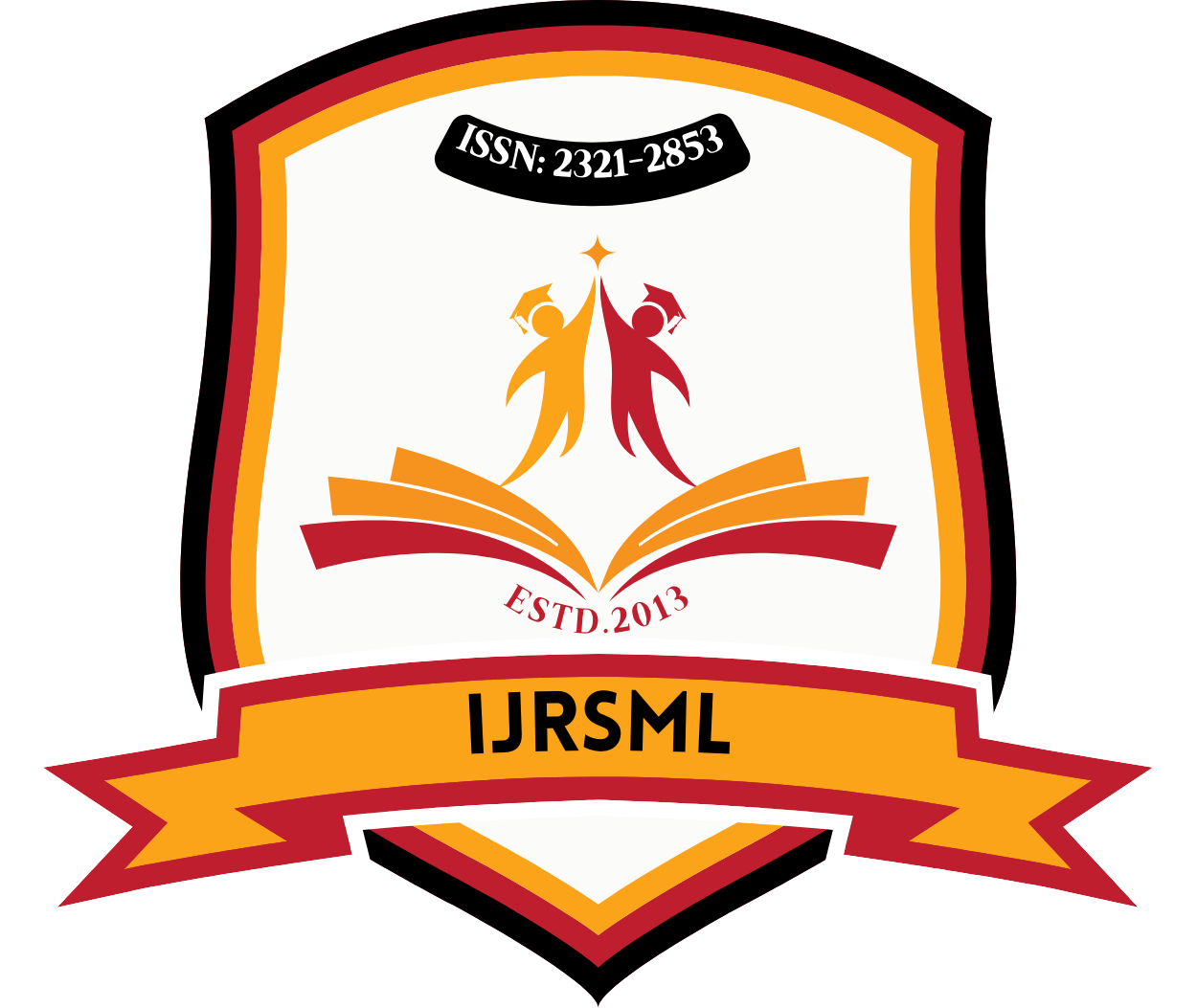![]()
DOI: https://doi.org/10.63345/ijrsml.v13.i6.1
Revathi Mohan
Independent Researcher
Kerala, India
Abstract
The phenomenon of code-switching, where bilingual or multilingual speakers alternate between two or more languages in conversation, is increasingly observed among urban youth in India. This study investigates the patterns, motivations, and sociolinguistic implications of code-switching behavior in this demographic. Drawing on sociolinguistic theories and empirical data collected from interviews and recorded conversations, the research explores how Indian urban youth employ code-switching as a tool for identity negotiation, social inclusion, emotional expression, and contextual adaptation. The study identifies English-Hindi and English-regional language switches as the most dominant, influenced by education, peer culture, media consumption, and online interactions. The paper also examines the positive and negative societal perceptions of code-switching and its role in shaping urban linguistic practices in India. Findings indicate that code-switching is not merely a linguistic habit but a nuanced social strategy reflecting contemporary youth culture, class dynamics, and the evolving multilingual fabric of Indian society.
Keywords
Code-switching, sociolinguistics, urban youth, bilingualism, India, identity, multilingualism, language behavior, English-Hindi, youth culture
References
- Adebayo, A. (2021). Code‑switching as a linguistic resource among Yoruba‑English bilinguals in Nigeria. Journal of Language and Cultural Education, 9(1), 34–48. https://doi.org/10.1515/jolace‑2021‑0003
- Adjei, S., & Kofi, A. (2022). Code‑switching among bilingual speakers in Ghana: Patterns and social implications. Ghana Journal of Linguistics, 11(1), 1–17. https://doi.org/10.4314/gjl.v11i1.1
- Brahmaiah, N., & Mani, K. R. S. (2018). The role of code‑switching and code‑mixing in advertisements. Veda’s Journal of English Language and Literature (JOELL), 5(2), 228–233.
- Chikoko, L., & Nyoni, T. (2023). Code‑switching between English and indigenous languages in Zimbabwe. net
- Ramzan, M., Aziz, A., & Ghaffar, M. (2021). A study of code‑mixing and code‑switching (Urdu and Punjabi) in children’s early speech. Journal of Language and Linguistic Studies, 17(2), 869–881. https://doi.org/10.52462/jlls.60
- Bantu, M., & Ngwenya, S. (2022). Exploring code‑switching among bilingual speakers in South Africa: Patterns and functions. African Journal of Linguistics, 10(2), 78–92. https://doi.org/10.1007/s10463‑021‑09688‑3 net
- Auer, P. (2018). Code‑switching in urban multilingual settings: A sociolinguistic perspective. net
- Sharma, R., & Rao, S. (2020). Code‑switching practices in urban India: Hindi–English bilinguals in social contexts.
- Kumar, A. (2020). Effectiveness of code‑switching in language classrooms in India. Education Research International, 2020, Article ID EJ1320288. https://files.eric.gov/fulltext/EJ1320288.pdf
- Chandu, K. R., & Black, A. W. (2020). Style variation as a vantage point for code‑switching. arXiv. https://doi.org/10.48550/arXiv.2005.00458 org
